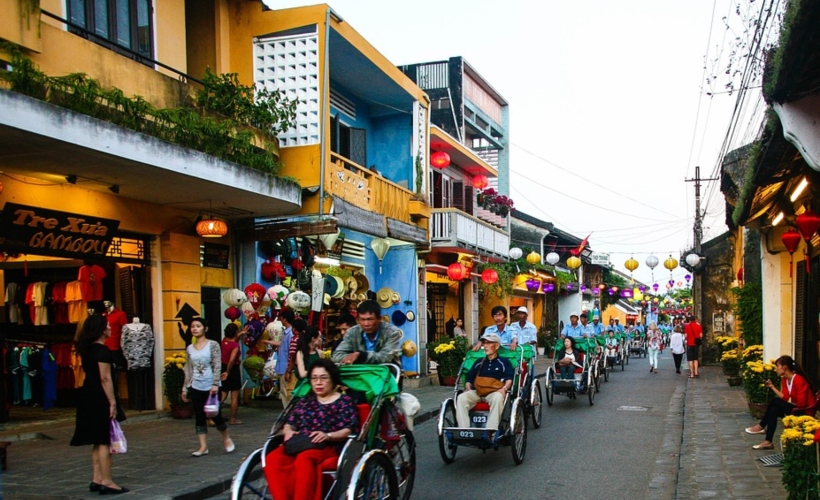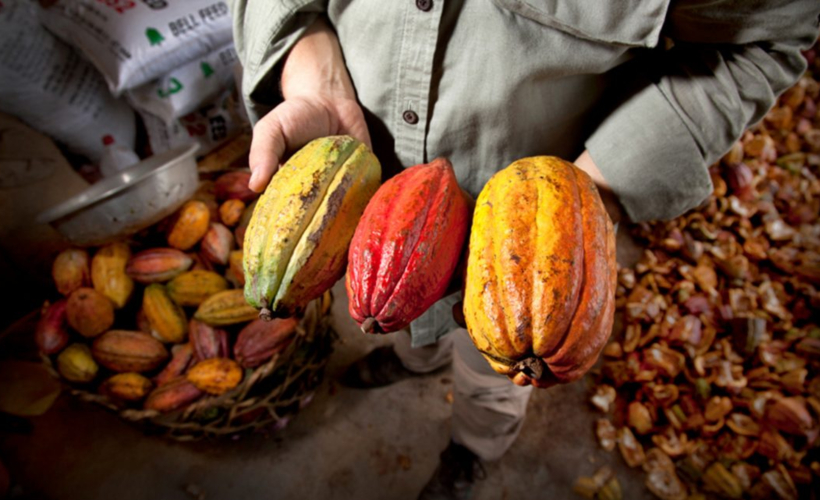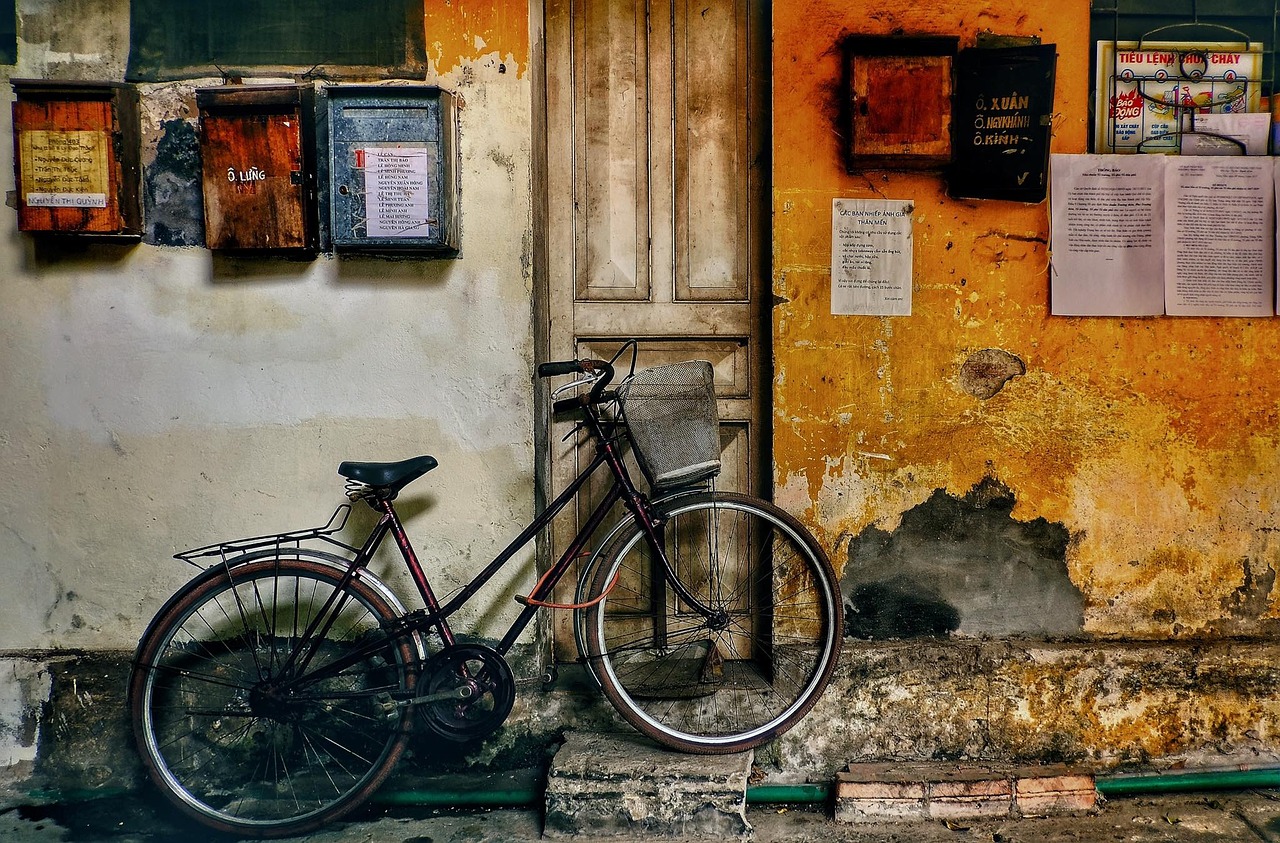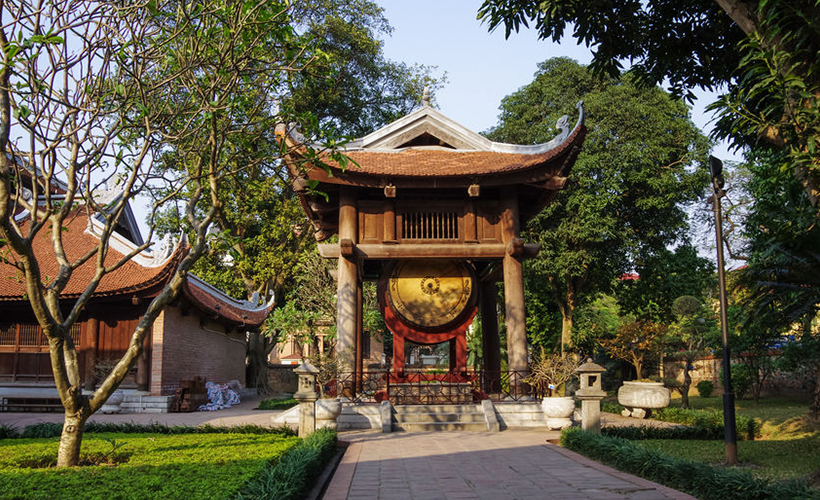
Van Mieu was founded in 1070 by King Ly Thanh Tong to honour the great Chinese philosopher Confucius. It became Vietnam’s Imperial Academy, the country’s first university, shortly after it was established in Hanoi. Student enrolment commenced in 1076, and by 1779, the university had graduated over 2000 PhD-holders.
It was a prestigious school, producing some of Vietnam’s greatest minds, and it was considered an honour to study there with royal exams administered by the emperor. The academy ceased operation in 1779 when it became a district school. In 1906, the French turned it into a historical monument.
Today, Van Mieu – or the Temple of Literature – is more of a garden, and is open to visitors.
Leave your horses at the door
Since the temple is dedicated to Confucius, it’s styled after a temple in his birthplace of Qufo in Shandong Province, China. The temple complex is large, covering around 54,000 m? and features the lush Giam Park, Literature Lake, and five beautiful courtyards.
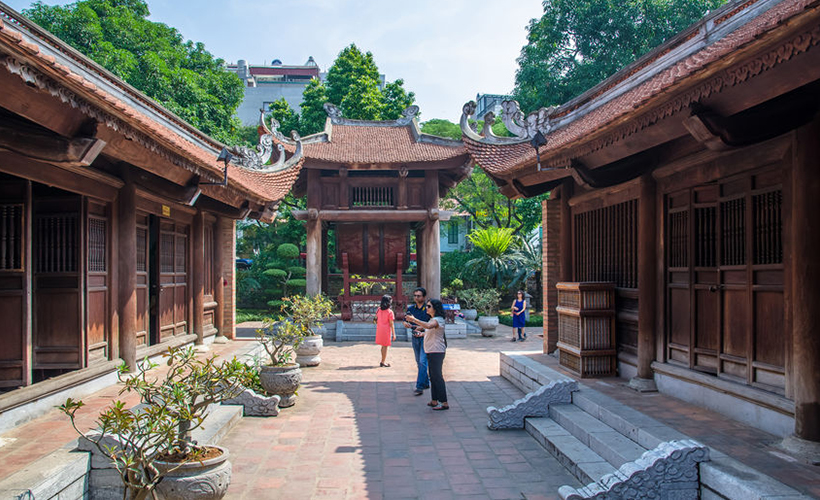
Upon entry at the main gate, you’ll encounter two dragons watching over the inscription ‘Ha Ma’ – a reminder to ancient visitors to leave their horses outside. Then, you’ll see three pathways run between the main gate and the inner courtyards. The middle pathway was for the king’s use, the one to the right for mandarins of the military, and the pathway to the left for the mandarins of administration.
In the courtyards
The temple’s courtyards are each surrounded by a separating wall and individual gates. Each gate is named to illustrate the courtyard’s association with an aspect of literature and learning. Out of the five courtyards, the first two were used by ancient scholars to relax on the lawns and under the trees.
The second courtyard houses the Pavilion of Literature (Khue Van Cac pavilion) that was built in 1805. It’s a pretty red wooden pavilion, with an intricately-decorated roof, two round windows, and a bronze bell (only to be touched by monks) that’s rung during important events. The second courtyard also features two gates dedicated to literature – the Crystallization of Letters and Magnificence of Letters.
In the third courtyard, visitors will find the Thien Quang Well and two large halls that hold the Stelae of Doctors. The stelae are blue turtles carved from stone on which the names of the 1307 doctorate graduates who passed the royal examinations are engraved. They also contain praise for monarchs, explanations of the royal examinations, and the names of the people who organised the examinations and were placed in UNESCO’s Memory of the World Register in 2011.
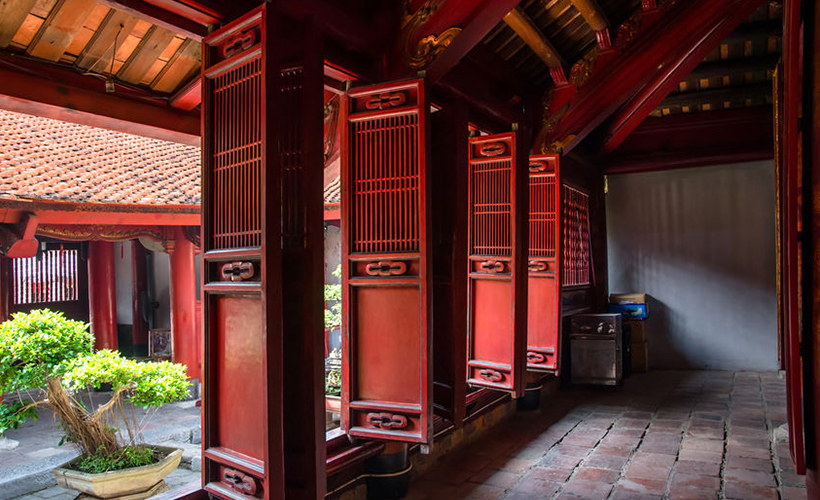
Dubbed the Gate of Great Synthesis, the fourth courtyard has two additional gates named the Golden Sound and Jade Vibration. This courtyard is considered the House of Ceremonies, and here inside the Dai Thanh Sanctuary, altars to Confucius, his disciples, and 10 honoured philosophers can be found.
The fifth and final courtyard was added to the property in 1076 to house the Imperial Academy. This courtyard has statues of Confucius, his disciples, and Chu Van An (Confucian, teacher, physician, and high-ranking mandarin). Today, the fifth courtyard hosts cultural events and features a display of uniforms from previous scholars.
In the past, scholars were highly regarded in Vietnamese society, often seen as being of the highest social standing, or Si. The Temple of Literature is a reminder of Vietnam’s high regard for learning and education.

